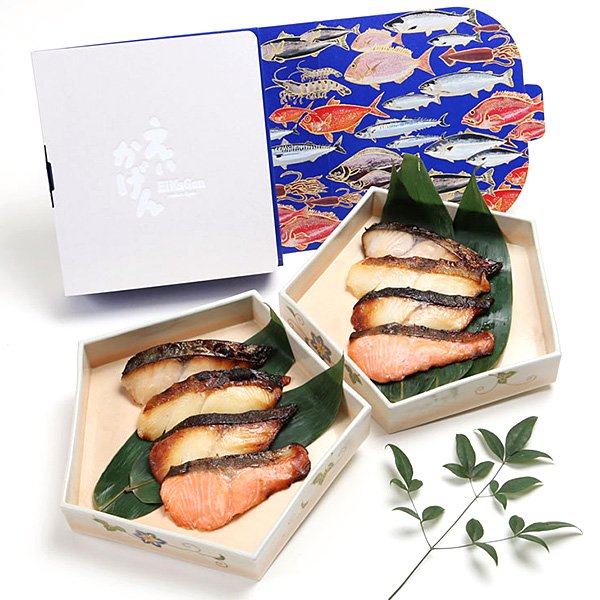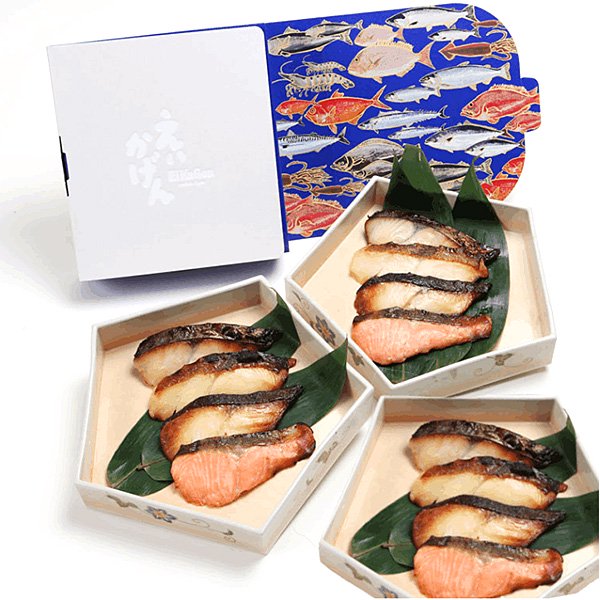Ki-Yan Works【新作 丸キャンバス③】
カテゴリー:お知らせ, ART PIECES, Ki-Yan Stuzio
2024.02.02
キーヤン自身の干支でもある、カッコいい作品が登場!

漆黒にウルトラマリンが光る跳ね踊るようなお馬さん。
今にも駆け出そうとするお馬さんは
万事を前向きに進め運気を向上させてくれることを象徴しているといわれ
縁起もカッコもいい作品。
そんな意味など知らずに沢山のスケッチの中から、野生の感覚でこのモチーフをチョイス。本能で縁起を担ぐキーヤン。
くわしくはこちらから♪
〜*〜*〜*〜*〜*〜*〜*〜*〜*
Ki-Yan Stuzio祇園本店にて、他にもたくさんの作品を展示しております。是非お立ち寄りくださいませ。
遠方でお店に中々お越しいただけない皆様へは
【Ki-Yan Artwork】のWEBページにてご覧頂けます♪
今回ご紹介した作品に加え
◎シルクスクリーン
◎ジークレー版画
◎肉筆作品
◎デジタルプリント など
ご自宅や店舗/オフィスにも迎えていただけるさまざまな作品群をご紹介しています。
是非ご覧くださいませ♪
⚫︎Ki-Yan Artwork
https://ki-yan-artwork.com/




















































